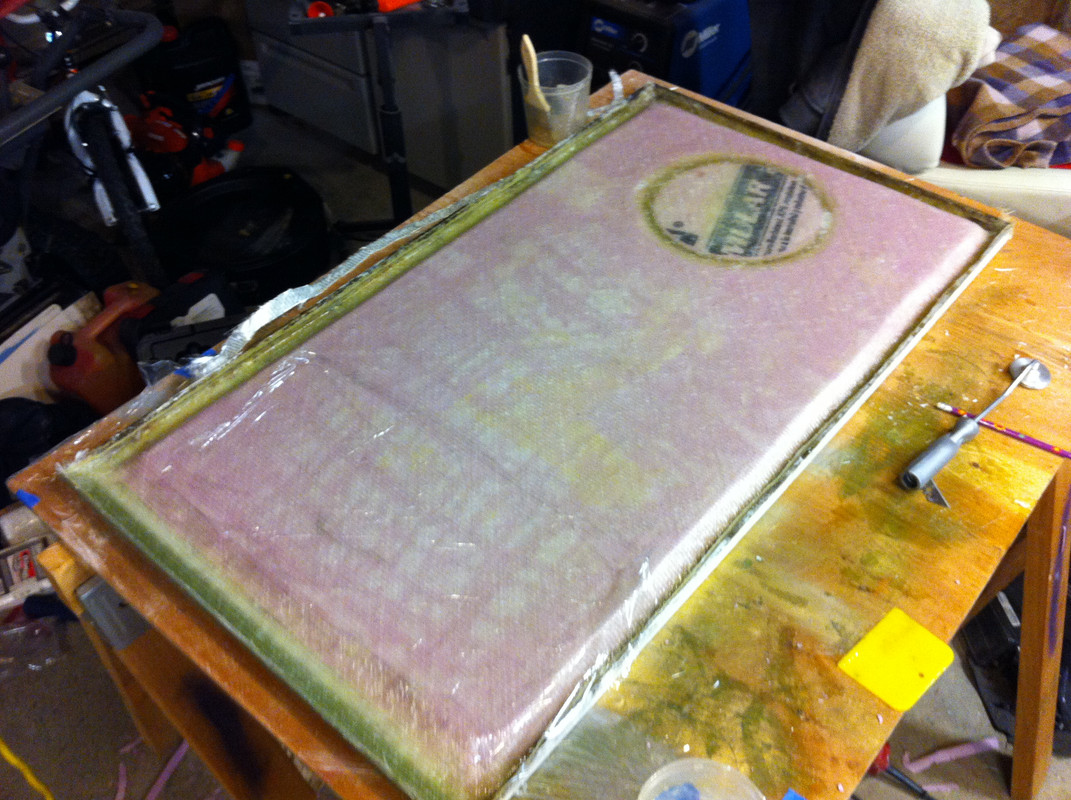- Joined
- Oct 25, 2019
- Messages
- 1
- Reaction score
- 0
- Points
- 1
- Age
- 88
- Model
- Adventure
I have a soft area on the cockpit floor section that opens to the hull on my GW 20 , I am wondering if I unscrew and pull up if it can be fiberglass repaired or is there a parts cover that I can order. No cracks visible.





